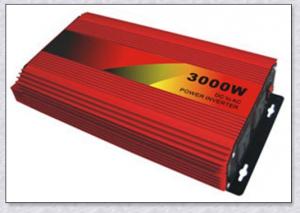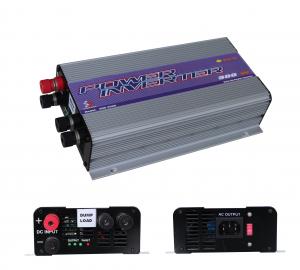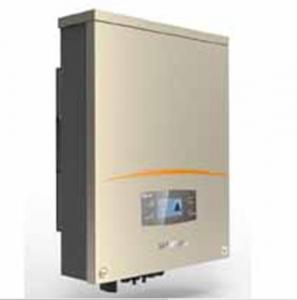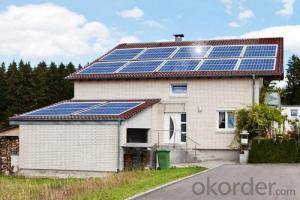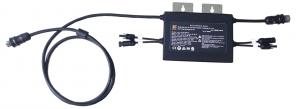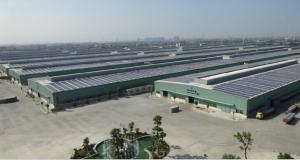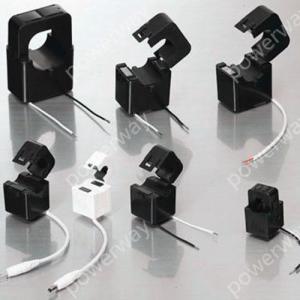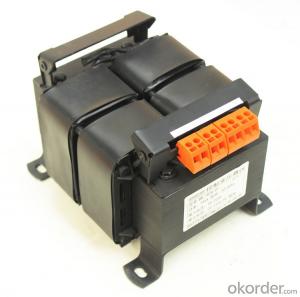Solar Edge Energy Hub Inverter
Solar Edge Energy Hub Inverter Related Searches
Solar Edge Solar Inverter Solar Edge Hybrid Inverter Solar Edge Inverter Inverter Solar Edge Solar Edge Micro Inverter Solar Edge Hd Wave Inverter Solar Energy Inverter Solaredge Solar Inverter Buy Solar Edge Inverter Solar Energy Power Inverter Solar Edge Inverter Specs Solar Edge Inverter Wifi Solar Edge Inverter Uk Solar Electric Inverter Solar Edge 3 Phase Inverter Solar Edge Inverter Efficiency Solar Edge Inverter Models Solar Hybrid Inverter Solar Edge Inverter Cost Solar Edge Inverter Spec Sheet Solar Edge Inverter For Sale Solar Edge Inverter Price Solar Edge Inverter 10kw Solar System Hybrid Inverter Solar Edge Inverter App 10kw Solar Edge Inverter Hybrid Solar Charger Inverter Solar Edge 6kw Inverter Hybrid Solar Power Inverter Solar Edge Inverter Led LightsSolar Edge Energy Hub Inverter Supplier & Manufacturer from China
Solar Edge Energy Hub Inverter is a cutting-edge product designed to optimize energy generation and consumption in solar power systems. This innovative inverter integrates energy storage, backup power, and smart energy management capabilities, making it a comprehensive solution for homeowners and businesses looking to maximize their solar energy potential. The inverter's advanced technology ensures efficient power conversion and seamless integration with various solar panel configurations, providing a reliable and sustainable energy source.The Solar Edge Energy Hub Inverter is widely used in residential and commercial settings, where it plays a crucial role in managing energy flow and reducing reliance on grid power. By harnessing the power of the sun and storing excess energy, this inverter helps users save on electricity costs and contribute to a greener environment. Its backup power feature ensures that essential appliances continue to function during power outages, providing peace of mind and increased resilience against grid disruptions.
Okorder.com is a leading wholesale supplier of Solar Edge Energy Hub Inverters, boasting a vast inventory to cater to the growing demand for this advanced technology. As a reputable platform, Okorder.com offers competitive prices, secure transactions, and efficient shipping services, ensuring that customers receive their Solar Edge Energy Hub Inverters promptly and in excellent condition. By partnering with Okorder.com, businesses and individuals can access this innovative product and take a significant step towards a more sustainable and energy-efficient future.
Hot Products





















